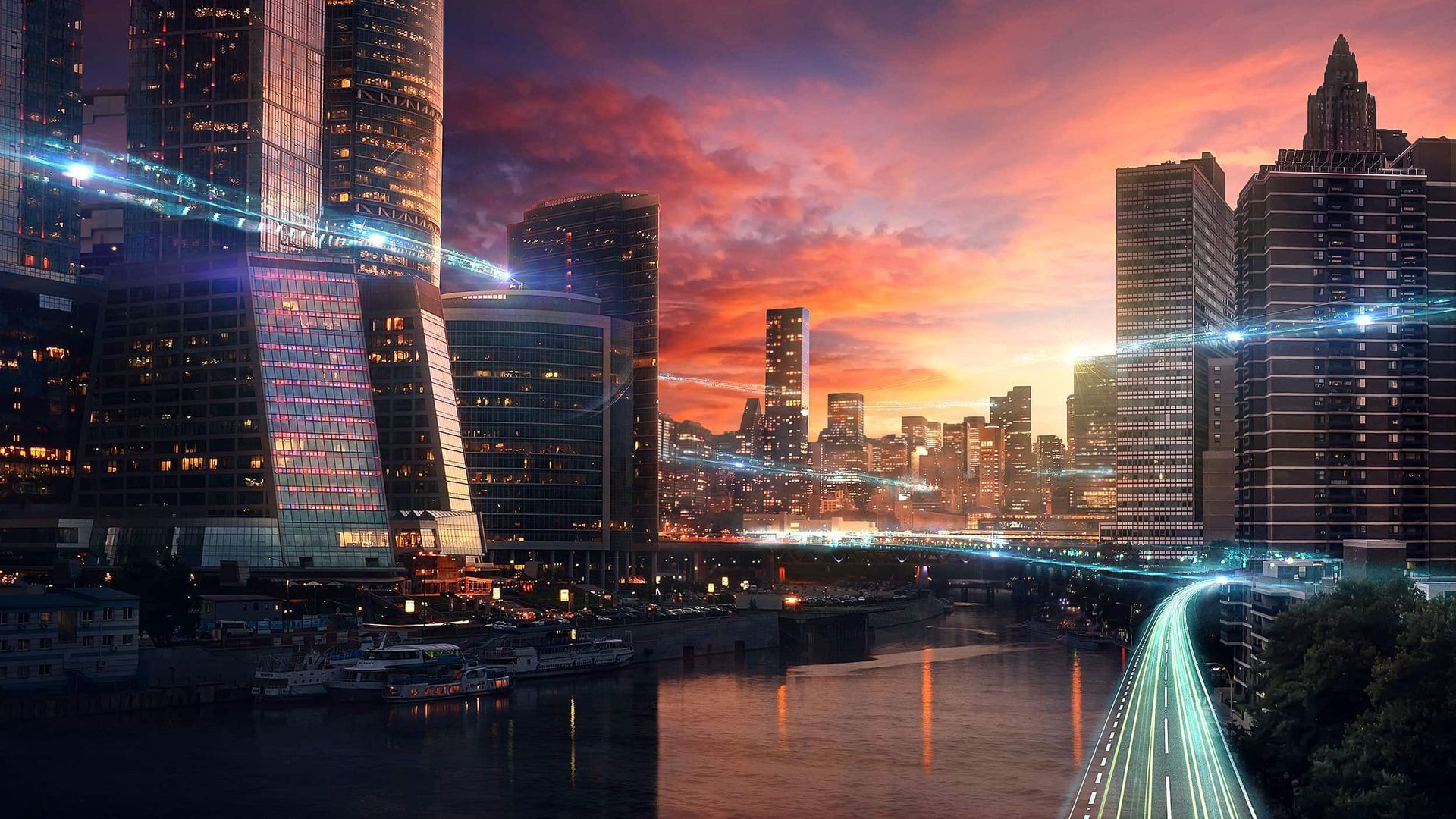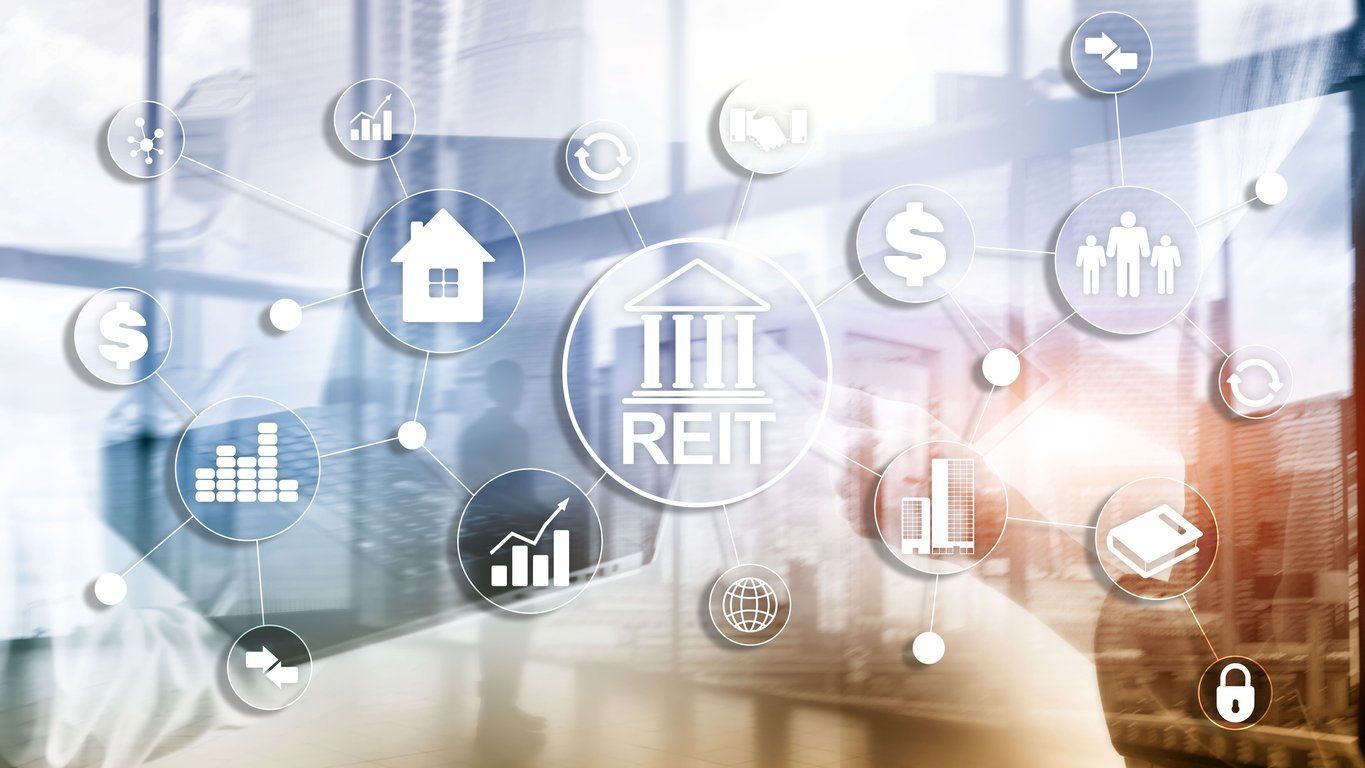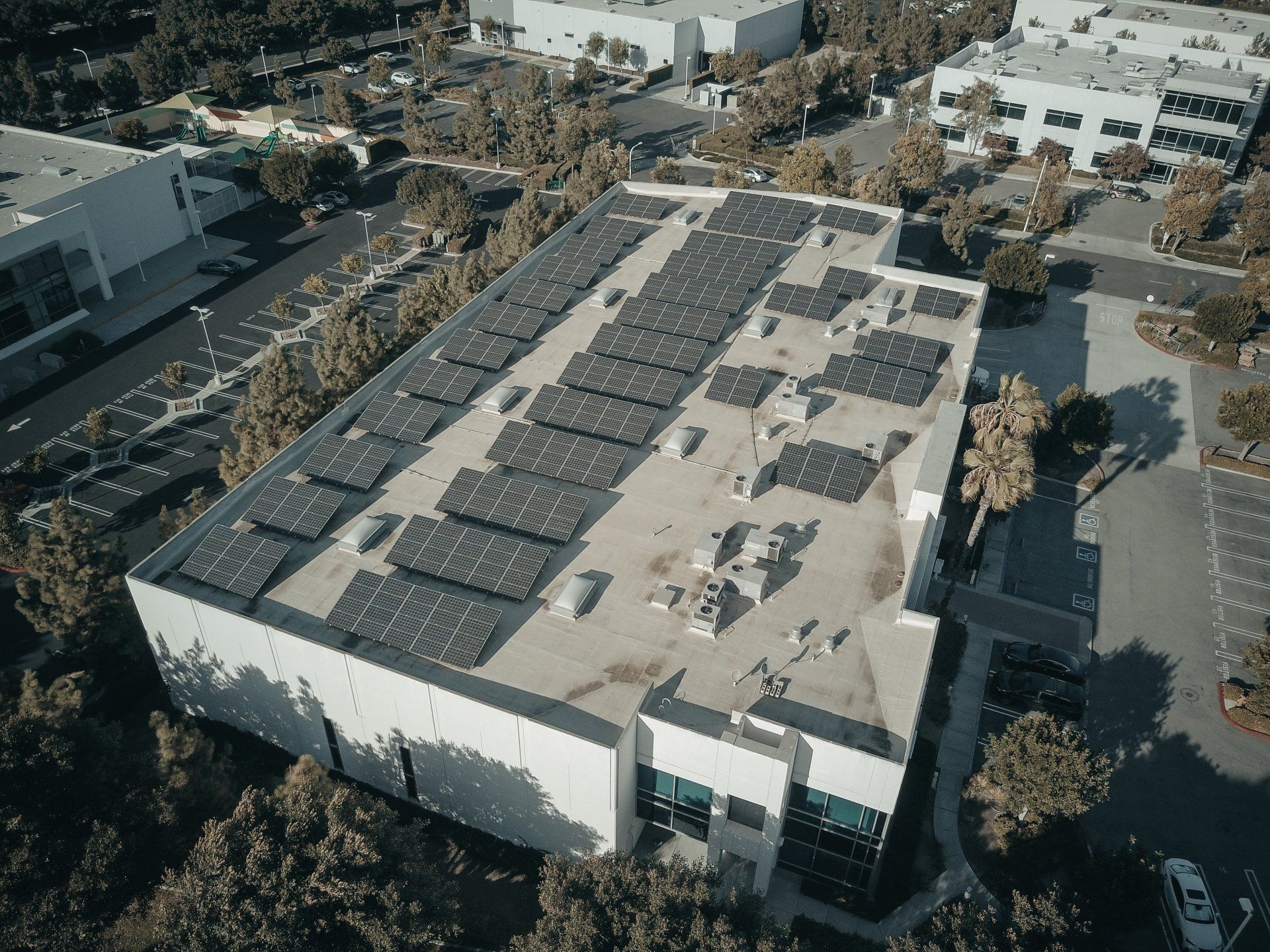The Future of Commercial Real Estate: Trends and Predictions
Commercial real estate is constantly evolving, with new technologies, economic shifts, and demographic changes shaping the industry and affecting the way that properties are developed, managed, and invested in. As we look ahead to the future, it is important to consider the trends and predictions that are shaping the industry and what they mean for commercial real estate professionals, investors, and tenants.

Technology and the Built Environment
One of the biggest trends shaping the future of commercial real estate is the impact of technology on the built environment. This includes everything from smart building systems and energy-efficient design, to virtual and augmented reality technologies that are transforming the way that properties are marketed and leased.
The growth of the Internet of Things (IoT) is also having a significant impact on commercial real estate, with connected devices and sensors allowing for real-time monitoring and management of building systems and energy consumption.
Demographic Shifts
Demographic shifts are also playing a role in shaping the future of commercial real estate, with the aging of the population and the rise of the millennial generation having a significant impact on the demand for different types of properties and amenities. For example, the growing demand for co-working and flexible office spaces reflects the changing preferences and needs of the modern workforce.
Urbanization and the Future of Cities
Urbanization is another trend that is shaping the future of commercial real estate, with the growth of cities and the demand for urban living driving the development of new properties and revitalization of existing areas. This trend is driven by a number of factors, including the desire for walkable neighborhoods, access to public transportation, and the appeal of city living.
The Rise of Sustainable and Responsible Investing
Sustainable and responsible investing is another trend that is shaping the future of commercial real estate, with growing awareness of the impact of property ownership and investment on the environment and society. Investors are increasingly seeking out opportunities to invest in properties that are sustainable, energy-efficient, and socially responsible.
Conclusion
Commercial real estate is constantly evolving, and understanding the trends and predictions that are shaping the industry can help you stay ahead of the curve and make informed decisions about your properties, investments, and career. Whether you are a property owner, investor, or tenant, it is important to stay informed and adapt to the changes and challenges that lie ahead.










